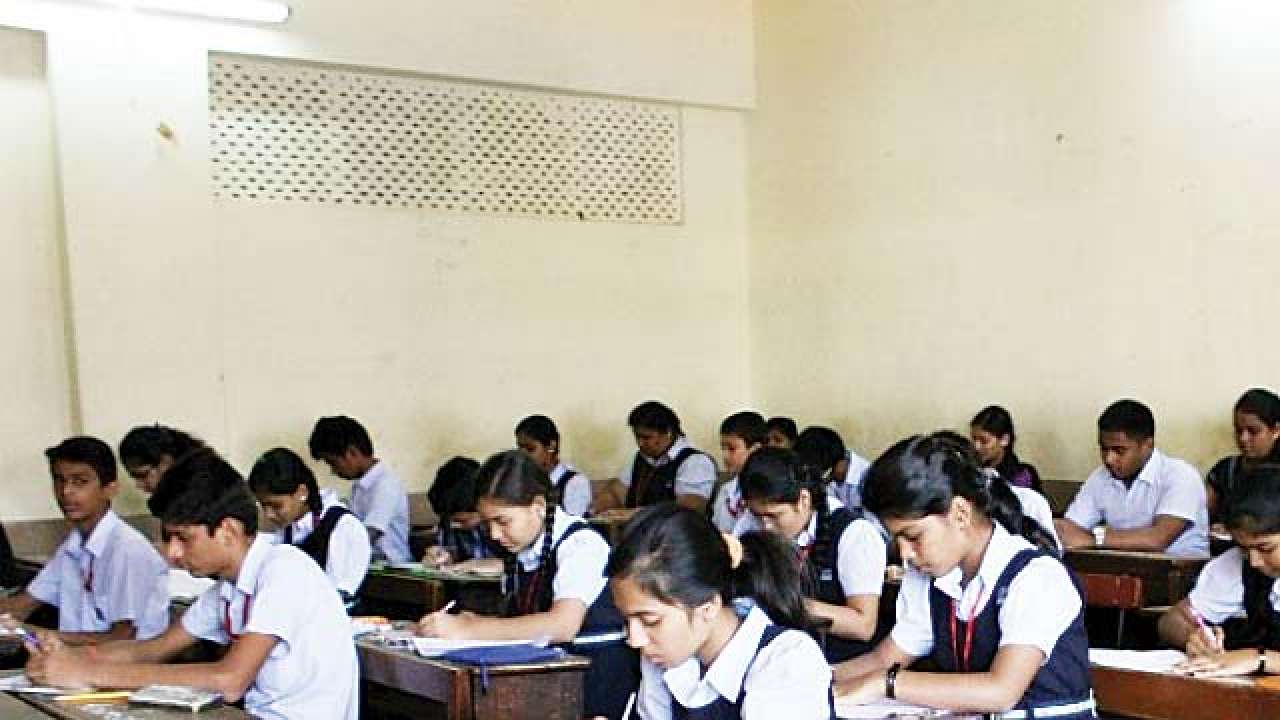By Kavita Dehalwar
Community-based organizations (CBOs) play a pivotal role in social development and education, functioning at the grassroots level to implement change and provide vital services. These organizations are deeply embedded within their communities, making them uniquely positioned to understand and address local needs. This article explores the importance of CBOs in fostering social development and enhancing educational opportunities, highlighting specific examples and studies that underscore their impact.

Defining Community-Based Organizations
Community-based organizations are nonprofit groups that work at a local level to improve life for residents. The defining feature of CBOs is that they are not just in the community, but of the community; they are managed and led by local stakeholders and focus on meeting the specific needs of the community they serve. These organizations cover a broad spectrum of areas including health, education, child care, elderly care, and economic development.
Role in Social Development
CBOs are crucial in promoting social development because they advocate for and implement programs that directly benefit underrepresented or marginalized groups. Their initiatives often include healthcare, employment, housing, and legal services. A study by the United Nations Development Programme highlights the role of CBOs in enhancing social cohesion and community resilience by fostering inclusive community practices and policies.
For instance, the Harlem Children’s Zone in New York City is a well-known example of a CBO that has significantly impacted social development through comprehensive programs ranging from parenting workshops to charter schools, all aimed at breaking the cycle of generational poverty in Harlem.
Impact on Education
In the realm of education, CBOs undertake a variety of roles from providing supplementary education services to advocating for systemic change in public schools. Their local nature allows them to deliver tailored educational programs that meet the specific needs of the community.
A notable example is the Pratham Education Foundation in India, which has been instrumental in improving literacy and numeracy skills among millions of children through its innovative teaching methods and community collaboration initiatives. Research published in the International Journal of Educational Development shows that Pratham’s programs not only enhance student learning outcomes but also empower communities to hold schools accountable.
Challenges Faced by CBOs
Despite their success, CBOs face numerous challenges. Funding instability is a major issue, as many organizations rely heavily on external grants and donations which are not always guaranteed. Moreover, political changes can affect their operation and effectiveness, especially if local or national policies shift away from supporting grassroots initiatives.
Strategies for Enhancing the Effectiveness of CBOs
To maximize their impact, CBOs can adopt several strategies. Building strong partnerships with local governments and other stakeholders can lead to more sustainable funding and greater policy influence. Additionally, incorporating technology and data-driven approaches can enhance their program delivery and evaluation processes.
Conclusion
Community-based organizations are integral to social development and education. They provide essential services that promote community well-being and empower local residents. The effectiveness of CBOs in transforming communities underscores the importance of supporting these organizations through stable funding, partnerships, and policies that recognize and bolster their critical role in society.
References
- Arcand, J. L., & Fafchamps, M. (2012). Matching in community-based organizations. Journal of Development Economics, 98(2), 203-219.
- Dehalwar, K. Bridging the Gap: Community-Based and Workshop-Based Approaches to Address Rural and Urban Planning Issues.
- Dehalwar, K. Empowering Women and Strengthening Communities: The Role of Community-Based Organizations (CBOs).
- United Nations Development Programme. (2021). “The Role of Community-Based Organizations in Social Development.” UNDP Report.
- Harlem Children’s Zone. (2022). “Our Programs.” [Harlem Children’s Zone Website].
- Pratham Education Foundation. (2021). “Annual Report.” [Pratham Website].
- International Journal of Educational Development. (2019). “Assessing the Impact of Community-Based Learning in India: A Case Study of the Pratham Education Foundation.”
- Norris, K. C., Brusuelas, R., Jones, L., Miranda, J., Duru, O. K., & Mangione, C. M. (2007). Partnering with community-based organizations. Ethnicity & Disease, 17, 27-32.
- Sharma, S. N. (2013). Participatory Planning in Practice. Lulu. com.
- Sharma, S. N. (2005). Evaluation of the JnNURM Programme of Government of India for Urban Renewal. Think India Journal, 8(2), 1-7.
- Wilson, M. G., Lavis, J. N., & Guta, A. (2012). Community-based organizations in the health sector: a scoping review. Health research policy and systems, 10, 1-9.


















You must be logged in to post a comment.